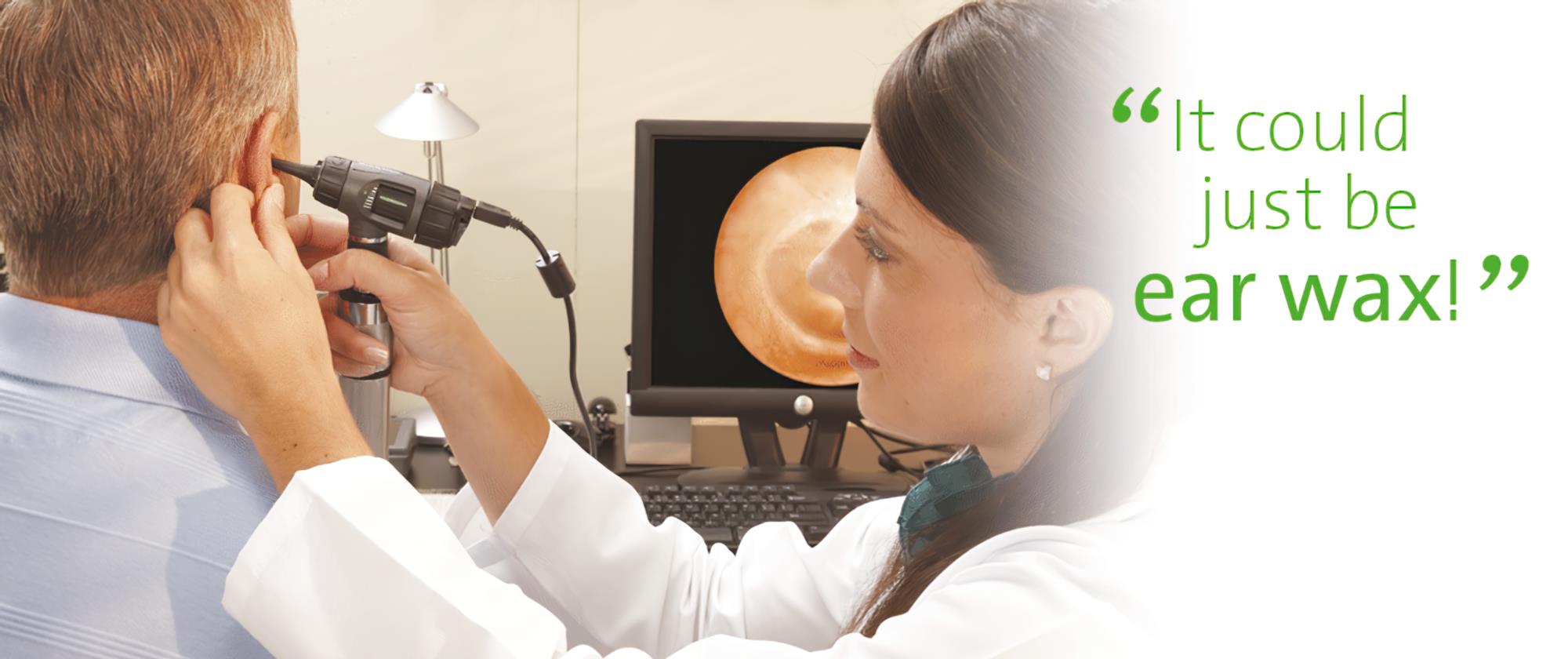
Wax Removal
Ear wax removal at South Wales Hearing Health
Excessive earwax can be troublesome, leading to irritation, frustration, and a temporary reduction in hearing ability due to blockage of the ear canal. To alleviate these concerns, we offer a secure and efficient ear care service, featuring microsuction earwax removal, available to all our patients. The cost for removing earwax is £80 for two ears and £55 for one ear which includes a £15 consultation fee.
Microsuction Ear Wax Removal
Using microsuction is the fastest and most efficient method for removing wax and debris from the ears, which can be completed painlessly within 30 minutes for both ears. Applying softening drops or olive oil before the appointment can make it easier and quicker to remove the wax and debris.
What is ear wax?
Earwax is a substance that is generated by glands located within the ear. Its purpose is to cleanse, moisturise, and safeguard the ear's lining by capturing debris and repelling moisture. Earwax has mild acidity and possesses antibacterial properties. If earwax were absent, the skin inside the ear would become parched, split, infected, or drenched, causing discomfort. Earwax can be either wet or dry, as well as hard or soft. Soft earwax is more prevalent in children, whereas hard earwax is more likely to result in issues.
Ear wax problems
Excessive ear wax production may result in a blocked and painful ear, although it typically does not pose any problems. Ear infections, flaky skin near the ear, or hair in the ear canals may increase the likelihood of experiencing ear wax problems repeatedly. It is advisable to avoid inserting objects such as cotton buds, matchsticks, and hairpins into the ears to reduce the risk of developing problems. Such actions may cause damage to the ear canal or ear drum, as well as cause ear wax to become trapped in the ear canal.
What you can do
Using ear drops can aid in the natural softening and loosening of ear wax, facilitating its removal. Refrain from inserting cotton buds into your ears as it can exacerbate the problem by pushing the ear wax deeper. In instances where a significant accumulation of ear wax has occurred, extraction may be necessary. If ear drops fail to alleviate the issue, several other treatment options are available, such as:
- Ear wax removal can be achieved through two methods. The first is Ear Irrigation, which employs a stream of pressurised water to flush out the wax. The second method is microsuction, which utilises a specialised suction device under a microscope to gently extract the wax without the need for any liquid, making the process quick, safe, and painless.
Complications of ear wax
Complications may arise due to impacted ear wax or ear irrigation. Neglecting impacted ear wax can lead to the development of an ear infection. If the ear wax comes in contact with the ear drum, it can cause dizziness and discomfort. Certain complications have been observed in some patients following ear irrigation, but such complications or similar issues are not reported for ear wax removal through the microsuction method.
- Infection of the external ear canal (otitis externa)
- Middle ear infection (otitis media)
- A perforated ear drum
- Damage to the external auditory meatus (the tube that connects the outer ear to the middle ear)
- Ear pain
- Vertigo
- Worsening of pre-existing tinnitus (the sense that there are noises in your ear, which come from inside your body)
